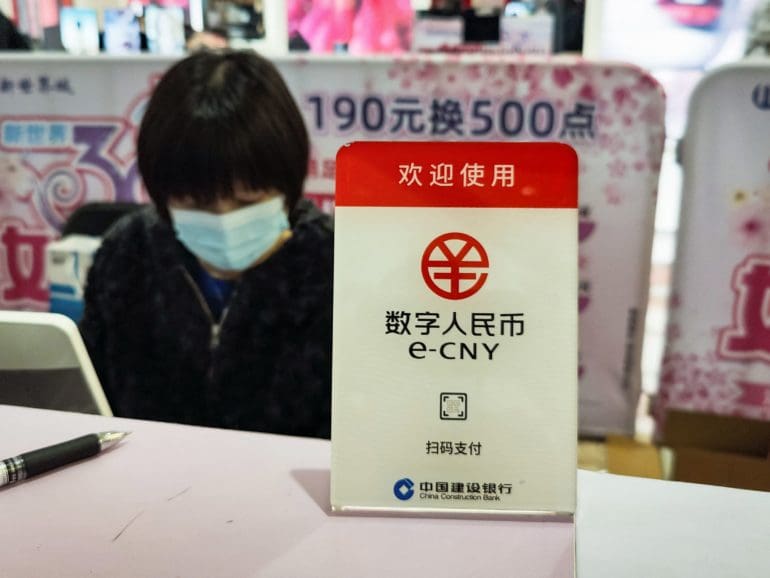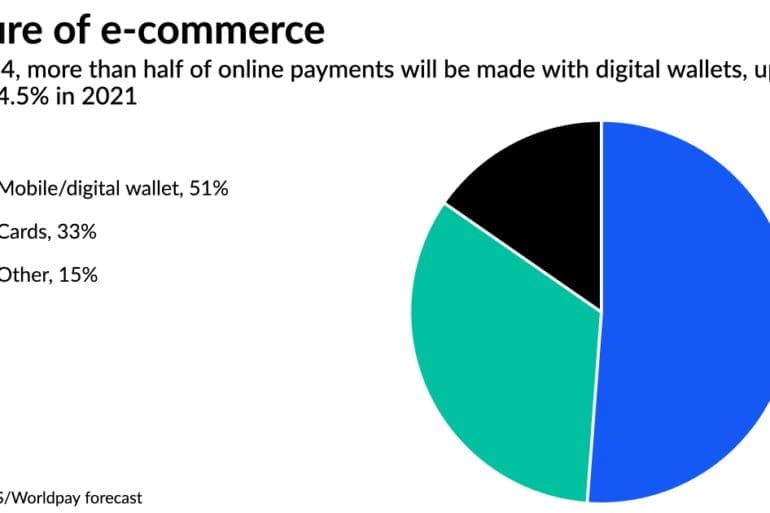As two new banking applications come to market this week, the question that comes to mind is can all of these startups survive and disrupt the banks?; there are questions surrounding business models and how each company intends to make money in a market that is becoming more crowded each day; each of these new startups has different challenges that lie ahead, some will need to be approved for a banking license and others will need to understand the regulatory framework behind PSD2. Source
Hey everyone, and welcome back to Chain Reaction. Last week, we talked about the rough road ahead for Coinbase. This week, we’re talking a bit about Andreessen Horowitz’s multibillion-dollar bet on web3’s continued viability.
Financial institutions are frustrated with their technology providers’ speed to market and pace of new innovations. Is it warranted? Not necessarily, according to executives from FIS, Fiserv, and Jack Henry.
Nations are likely to look for alternative payment systems to reduce their current dependence on the dollar, says Richard Turrin.
Getting people to save up for a purchase in an era of instant gratification hinges on offering incentives well ahead of checkout.
Back in 2013 four core banking providers dominated the U.S. market owning a 96 percent share, that market share is...
The data aggregator is recruiting partners such as Railsbank, Silicon Valley Bank and Marqeta for a project designed to make certain digital transactions easier to complete.
Raisin has been able to attract billions of deposits to European banks and will eventually be launching their deposits-as-a-service offering...
Most companies are now getting used to having some or most of their staffs work from home in a bid...
Robinhood has quickly become one of the hottest fintechs in the world during the pandemic as they added more than...






